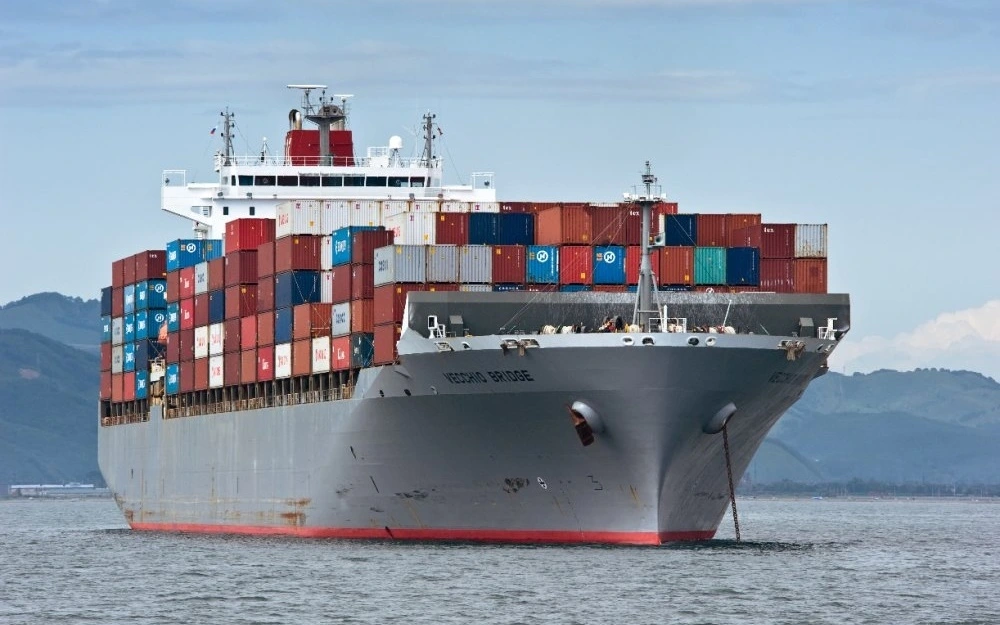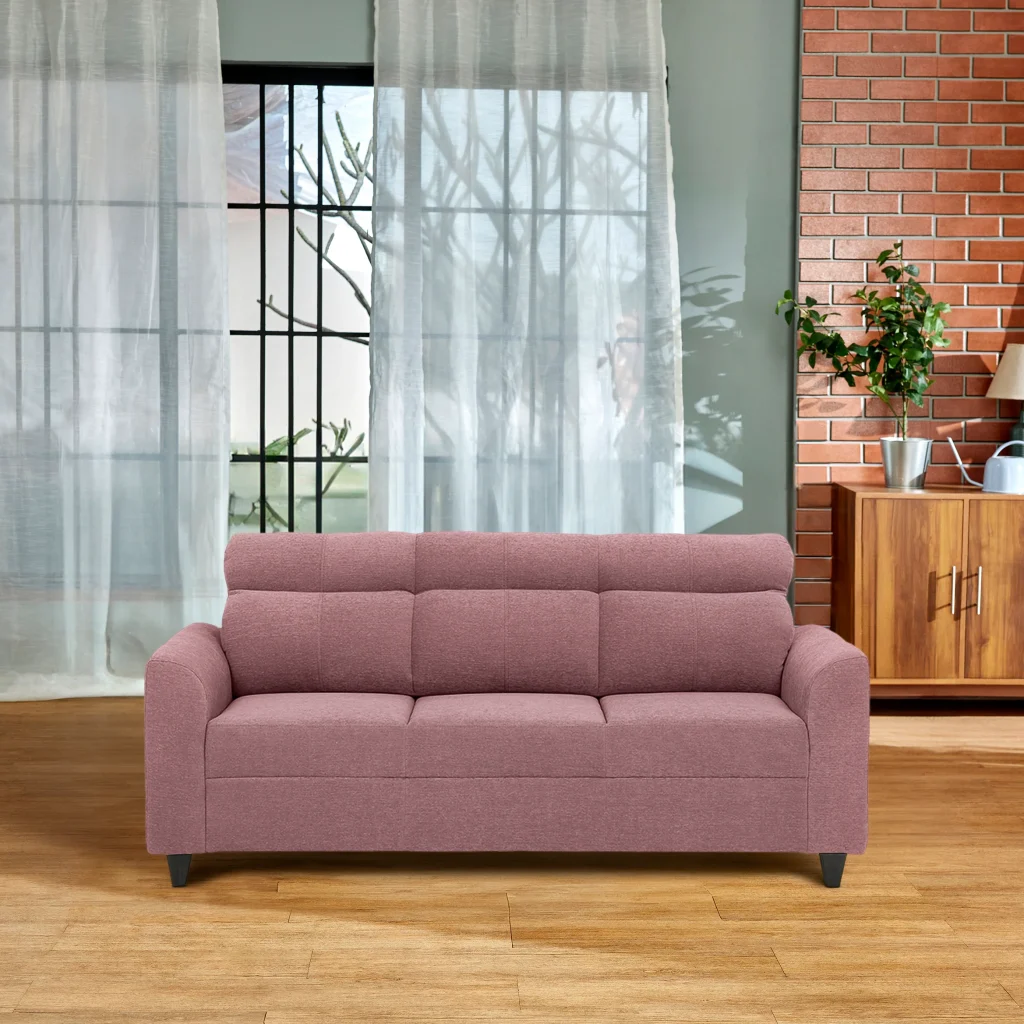Transporting a Sofa from Hai Phong Port to Busan Port
International shipping is a vital component of global trade. Among the many trade routes in Asia, the shipping line from Hai Phong Port in Vietnam to Busan Port in South Korea is one of the busiest, facilitating a wide variety of exports and imports. In this article, we will explore the detailed process of transporting a sofa from Hai Phong to Busan, covering everything from logistics and documentation to transportation modes, regulations, and delivery.

Overview of the Shipping Route
Hai Phong is one of Vietnam’s largest and most important ports, located in the northern region near Hanoi. It serves as a key export hub for furniture and other manufactured goods. Busan, on the other hand, is South Korea’s largest port and one of the top container ports in the world. The shipping route between these two ports is heavily trafficked due to strong trade relations between Vietnam and South Korea.
The sea distance between Hai Phong and Busan is approximately 2,000 kilometers (about 1,240 miles). On average, a container vessel takes 4–7 days to complete the journey, depending on weather conditions, customs clearance, and vessel schedule.
Preparing the Sofa for Shipment
Packaging
Proper packaging is critical to ensure the sofa arrives in pristine condition. Typically, the sofa is first wrapped in protective materials such as bubble wrap, foam, and cardboard. Then, it is placed in a wooden crate or reinforced cardboard box to protect against damage during loading and transit.
Labeling
All packages must be clearly labeled with the sender’s and receiver’s information, item description, handling instructions (e.g., “Fragile” or “This Side Up”), and the HS (Harmonized System) code for customs classification. For furniture, the HS code is often 9401.61 or 9401.71, depending on materials used.
Choosing the Right Container and Mode of Shipment
There are two main container options for shipping a sofa:
FCL (Full Container Load): Ideal for bulk shipments or when shipping multiple items. A 20-foot or 40-foot container is sealed with only the shipper’s goods.
LCL (Less than Container Load): Suitable for smaller shipments. The sofa is consolidated with other goods in a shared container.
For a single sofa, LCL is typically the most economical choice. However, if the shipment is large (e.g., multiple sofas), FCL may be more cost-effective and secure.
Booking and Documentation
To begin the shipping process, the shipper must book space on a cargo vessel via a freight forwarder or shipping line. The following documents are required:
Commercial Invoice: Details the sofa’s value, description, and buyer/seller information.
Packing List: Lists the contents and packaging details.
Bill of Lading (B/L): A key transport document issued by the carrier that serves as a receipt and contract of carriage.
Certificate of Origin (if required): Proves the sofa was manufactured in Vietnam.
Customs Declaration: Required for export clearance in Vietnam and import clearance in Korea.
Export Clearance at Hai Phong Port
Before the goods are allowed to leave Vietnam, they must pass export clearance through Vietnam Customs. The sofa is inspected for compliance with export regulations, and all necessary documents must be submitted. Customs may physically inspect the cargo or perform an electronic clearance.
If everything is in order, customs will approve the shipment, and the sofa will be loaded onto the vessel using forklifts or cranes.
Ocean Freight Transport
Once onboard, the sofa embarks on its sea journey to Busan. The shipping line provides tracking services so the sender can monitor the shipment’s location. Weather and sea conditions may affect the estimated time of arrival (ETA).
During transit, the sofa remains sealed in its container, protected from external elements. Most modern cargo vessels are equipped with tracking systems and safety protocols to ensure the safe delivery of cargo.
Import Clearance at Busan Port
Upon arrival at Busan Port, the container undergoes customs clearance through the Korea Customs Service. The importer (or their agent) must submit the following:
Bill of Lading
Commercial Invoice
Packing List
Certificate of Origin (if required)
Import Declaration
South Korea enforces strict regulations on imported goods, including labeling and material standards for furniture. If the sofa meets all standards, it will be cleared for entry.
Customs duties and value-added tax (VAT) are applied based on the sofa’s declared value and classification. The importer is responsible for paying these charges.

Inland Transportation and Final Delivery
After customs clearance, the sofa can be transported from Busan Port to its final destination in South Korea—whether it’s a warehouse, retail store, or customer address. This leg of the journey typically involves trucking services. In some cases, local delivery companies take over the final stage to ensure prompt and safe delivery.
Costs Involved
The cost of transporting a sofa from Hai Phong to Busan includes:
Packaging materials and labor
Inland trucking to Hai Phong Port
Freight forwarding fees
Ocean freight charges (LCL or FCL)
Export and import customs clearance fees
Duties and VAT (in South Korea)
Inland trucking in Korea
On average, shipping a single sofa via LCL might cost between $250–$500, depending on volume, season, and logistics providers. Costs can rise if using FCL or expedited services.
Conclusion
Shipping a sofa from Hai Phong Port to Busan Port involves multiple steps, from packaging and documentation to customs clearance and ocean freight. While the process may seem complex, working with experienced freight forwarders and understanding international trade regulations can ensure a smooth and efficient delivery. With growing trade between Vietnam and South Korea, this route remains a key corridor for furniture exports and other consumer goods.


